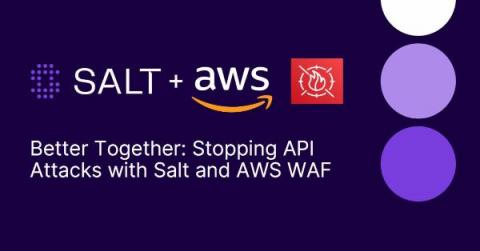Introducing GitLab security scanner integration
Bearer CLI's CI/CD integration with GitLab is a great way to add security scanning to your projects. We've taken things a step further and now support GitLab's SAST security scanner integration directly in GitLab CI for GitLab Ultimate users. This feature is available in Bearer CLI v1.9.0 and later. See our upgrade guide for your platform. Let’s dive into how it works.











